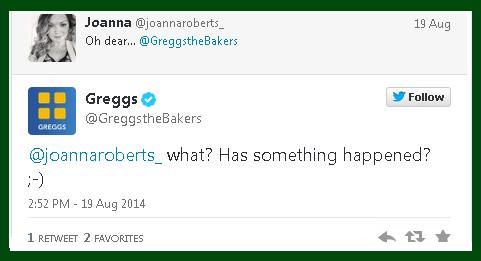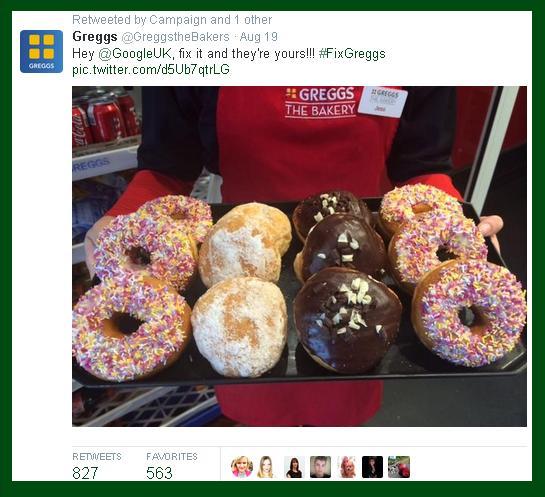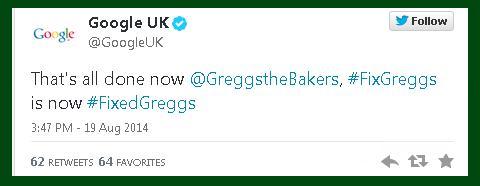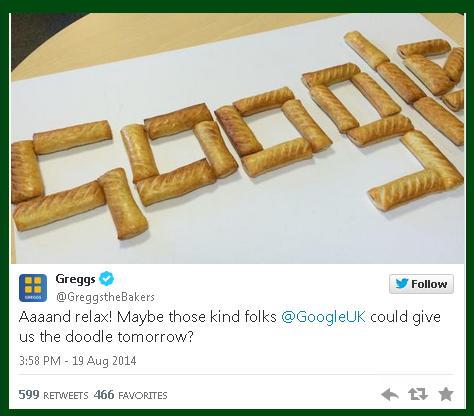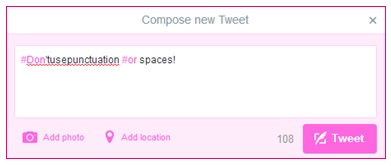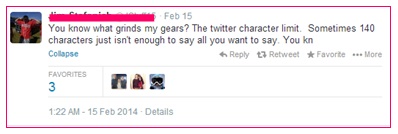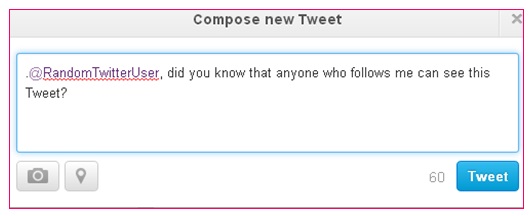Battle of the social media messaging tools as Twitter launches group DMs
Were you a victim of the Facebook and Instagram outage this morning? Both sites, along with other related apps, were down for around an hour, which sent the social media world into panic.
One of the features users would have been missing out on during this time is Facebook Messenger, which allows both one-on-one and group conversations between Facebookers. In the mean time, Twitter was one of the remaining social media channels still live and kicking and has now added a function to directly compete with Facebook Messenger...
Facebook is one of the two main platforms used for group conversations, the other being WhatsApp which last week launched a browser/desktop version.
Facebook-owned WhatsApp is one of the most popular instant messaging apps globally. It claims to have 700 million monthly active users sending more than 30 billion messages every day. According to Expanded Ramblings, Facebook Messenger has 200 million users.
While many users still benefit from the group messaging tool on Facebook Messenger, it's clear that WhatsApp (which also offers a group messaging feature) is currently the more popular choice for instant messaging.
But is Twitter trying to overtake WhatsApp? And is it possible?
Twitter has finally added group direct messages (DMs) to its service. If you use the service as a way to privately communicate with friends, family, brands or even the odd random celebrity, you will soon be able to communicate with more than one person (or brand) at a time.
Rolling out over the next few days to all users, the group DM feature will allow users to add multiple contacts to a group chat. You can start a group chat with any of your followers, but those individuals don’t have to follow each other to participate in your chat.
You’ll receive a notification when you’ve been added to a group direct message discussion. Watch Twitter's group DM launch video here:
Will you be using group DMs? Let us know what you think of Twitter's new tool in the comments.




